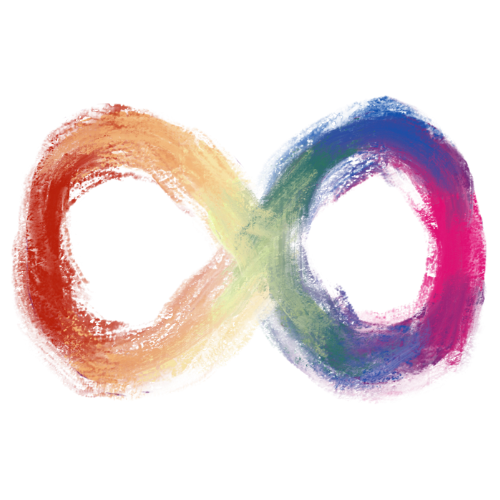Note: The author of this blog post is autistic and was diagnosed as an adult. I do not claim to speak for all autistic people and experiences; this blog post is solely to provide information on autism and how to write autistic characters. The information in this post comes from my own experiences, those I am in community with, and my research.
Autism is a spectrum with many traits and personality types; it’s not a one size fits all diagnosis, yet what is shown of autism in popular media are typically negative stereotypes of autism: bluntness, a lack of empathy, abrasiveness, among others.
When you think of autism, what characters come to mind? Sheldon Cooper from The Big Bang Theory (fairly bad representation), Maybe Shaun Murphy from The Good Doctor (could be better, but not the worst representation)? Both of these characters lack empathy and emotion, and tend to be so blunt that they come off as offensive. While some autistic people do have issues with empathy, not all of us are like that. If you want to know more about autism and writing authentic autistic characters, or how to spot them, read on! I’ve also included a list of books with diverse autistic representation that I recommend!
Diversity in Demographics
One of the stereotypes surrounding autism is that all autistic people are little boys. Males are more likely to receive an autism diagnosis, especially as a child or before eighteen, as their typical traits match the diagnostic criteria, but autism presents itself in all genders and races. Autism presents itself differently in all genders, and autistic people can be people of color, queer, and/or gender diverse.
A lot of people assigned female at birth get an autism diagnosis in their teen years or as adults, as the signs go unnoticed in childhood. Additionally, autism doesn’t just disappear as people age. Some autistic people mask (or hide) their autistic traits as they get older, but autism never goes away. As Elizabeth Bartmess of the blog Thinking Person’s Guide to Autism says, “A given autistic person will have their own individual configuration of neurological differences, associated life experiences, and related skills and strategies; they will also have a particular life history surrounding their and others’ knowledge (or lack of knowledge) that they’re autistic, which may or may not include a formal diagnosis and/or misdiagnoses.”
Traits Associated with Autism
Every autistic person has different traits. Some of the most common ones are sensory issues, language and speech differences, social skills, and a tendency to have special interests. Some autistic people have severe sensory issues, like sensitivity to sound and texture, and we all have different ways of processing these differences and dealing with them, like stimming. Stimming isn’t just rocking back and forth or hand flapping, but those are two popular ways to stim. Other types of stims include using fidget toys and needing deep pressure (tight hugs, hitting oneself). Sometimes, extremely adverse reactions to sound and other senses happen, which is called sensory overload or overstimulation, which can lead to anxiety, panic attacks, or “melting down,” which can look like a tantrum, but isn’t.
A lot of autistic people experience difficulties speaking, which is called being nonverbal or going nonverbal. Some autistic people are 100 percent nonverbal, some speak a little bit, and some experience periods of going nonverbal. For me, when I’m burnt out or experiencing sensory overload, I can sometimes go nonverbal because it physically hurts to talk. Some autistic people experience auditory processing issues as well, and some prefer using text to communicate over speaking.
Autism usually affects our social skills; our brains work differently, so socializing works differently for a lot of us. A lot of us prefer direct communication and have a hard time understanding sarcasm or hints. Eye contact can also be difficult, but it isn’t for everyone. Controlling volume while speaking and filters when speaking are other things autistic people may struggle with, but don’t always.
Every autistic person is different and will have different experiences and traits. While we are conditioned to enjoy structure and routine, we do also grow as people; your autistic characters should, too. Your characters don’t have to exhibit all of these traits, but they can have some. For more information on creating autistic characters and spotting good autistic representation, see this autism resource.
Finally, below is a list of books with good autistic representation to add to your TBR!
- You Look Different in Real Life by Jennifer Castle
- On the Edge of Gone by Corinne Duyvis
- Queens of Geek by Jen Wilde
- The Many Half-Lived Lives of Sam Sylvester by Maya MacGregor
- Please Don’t Hug Me by Kay Kerr
- The KC Warlock Weekly: Accused by M.N. Jolley
- The Boy Who Steals Houses by C.G. Drews
- Even if We Break by Marieke Nijkamp
- Things I Should Have Known by Claire La Zebnik
- When My Heart Joins the Thousand by A.J. Steiger
- Stim: An Autism Anthology by Lizzie Huxley-Jones

